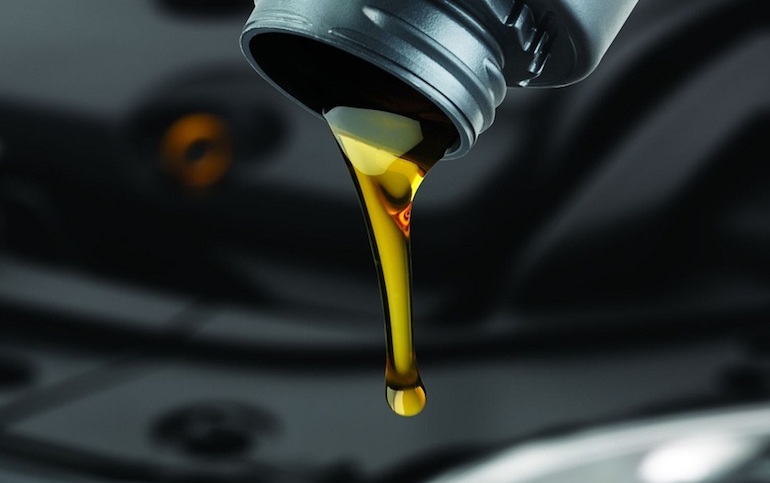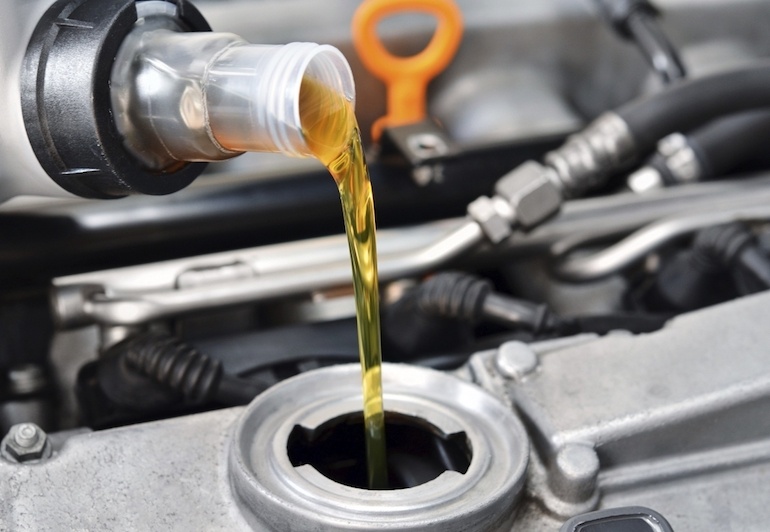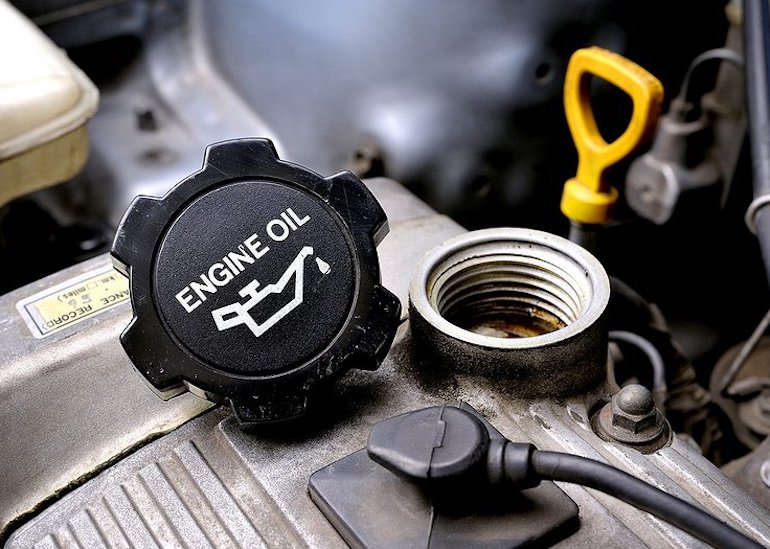
Is it possible to pour synthetics after semi-synthetics without flushing?
Synthetic oil has a whole range of undeniable advantages over mineral and semi-synthetic oil: increased fluidity even at sub-zero temperatures, contains fewer impurities deposited on the cylinder walls as soot, forms fewer decomposition products, and has high thermal stability. In addition, synthetics are designed for a longer resource. So, compounds have been developed that do not require replacement and do not lose their properties with a run of up to 40 thousand kilometers.
Based on all these facts, drivers decide to switch from semi-synthetics to synthetics. This issue becomes especially relevant with the onset of winter, when, due to an increase in the viscosity of lubricating oil products on mineral or semi-synthetic bases, starting the engine becomes a very difficult task. This raises a logical question: is it possible to fill in synthetics after semi-synthetics without flushing the engine, how much will this affect the power unit and its technical characteristics? Let's try to deal with this issue on our vodi.su portal.

Switching from semi-synthetic to synthetic without flushing
There is a compatibility table for motor oils, as well as standards for their production, according to which manufacturers are not required to include aggressive additives in the product that lead to coagulation of technical fluids. That is, in theory, if we take lubricants from different manufacturers and mix them together in a beaker, they should completely dissolve, without separation. By the way, if there are doubts about compatibility, you can conduct this experiment at home: the formation of a homogeneous mixture indicates the complete compatibility of oils.
There are also recommendations on when flushing the engine is mandatory:
- when switching to a lower quality oil - that is, if you fill in semi-synthetics or mineral water after synthetics;
- after any manipulations with the power unit related to its dismantling, opening, overhaul, as a result of which foreign substances may get inside;
- if you suspect that low-quality oil, fuel or antifreeze was filled.
Of course, flushing will not hurt in cases where you take a used car from your hands and are not sure how responsibly the previous owner approached the maintenance of the vehicle. And the ideal option would be to undergo diagnostics and study the condition of the cylinder block using a tool such as a borescope, which is inserted inside through the holes for twisting the candles.
In this way, if you change the oil on your personal car, while using products from one manufacturer, such as Mannol or Castrol, then flushing is not required. In this case, it is recommended to completely drain the previous oil, blow the engine with a compressor, fill in new fluid to the mark. The filter also needs to be replaced.
Please note: synthetics have good washing properties, so it can be used as a flush after the next replacement, including filters, after a run of several thousand kilometers.

The vodi.su portal draws your attention to the fact that synthetic oils, due to their increased fluidity, are not suitable for all car models. For example, they are not poured into domestic UAZs, GAZelles, VAZs, GAZs of old years of production. A strong leak can also occur if the condition of the crankshaft oil seals, crankcase gasket or valve cover leaves much to be desired. And with a high mileage of over 200-300 thousand kilometers, synthetics are not recommended, as they lead to a decrease in compression in the power unit.
Flushing the engine when changing semi-synthetics to synthetics
Flushing when switching to a new type of oil can be of several types. The ideal way is to flush the engine, pour a better lubricant into it, and drive a certain distance on it. A more fluid oil penetrates well into the most remote niches and washes away decay products. After draining it, be sure to change the filter.
The use of strong flushes and flushing compounds can harm the engine, especially if the dirt from it, as drivers say, “can be shoveled out.” The fact is that under the action of aggressive chemistry, not only rubber sealing elements suffer, but also a layer of slag can break off from the cylinder walls and block the operation of the motor. Therefore, washing operations with potent compounds are desirable to be carried out under the supervision of specialists.

Summarizing all the above, we conclude that flushing when switching to synthetics after semi-synthetics is not always justified. The main thing is to drain the remaining grease as completely as possible. Even if the proportion of old oil is up to 10 percent, such a volume is unlikely to greatly affect the performance of the new composition. Well, in order to completely dispel all doubts, do not wait for the oil change period regulated by the manufacturer, but change it earlier. According to most drivers, such actions will only benefit the power unit of your vehicle.
Loading…